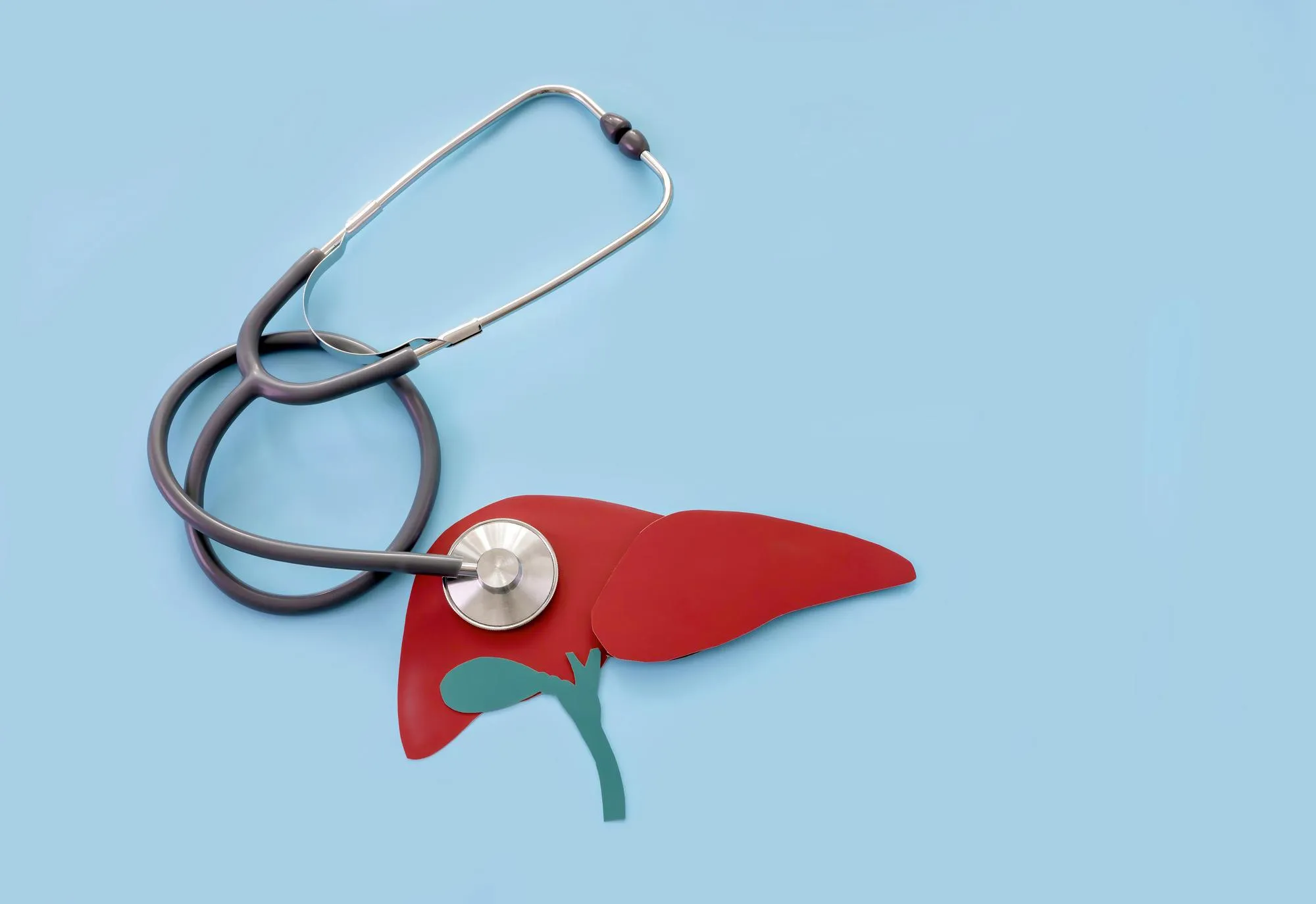In the fight against hepatocellular carcinoma (HCC), one of the most common types of liver cancer, the potential of immunotherapy has been a beacon of hope for patients and clinicians alike. Among these therapies, drugs that inhibit programmed cell death protein 1 (PD-1) and its ligand (PD-L1) have shown remarkable efficacy in several cancer types. Nonetheless, the complex nature of PD-L1 expression on tumor cells and tumor-infiltrating immune cells has presented challenges in the clinical development of PD-1/PD-L1-targeted therapies, particularly in HCC. A groundbreaking study titled “Clinical implications of heterogeneity in PD-L1 immunohistochemical detection in hepatocellular carcinoma: the Blueprint-HCC study,” published in the British Journal of Cancer, brings to light the substantial variability in PD-L1 detection assays, fostering a discourse crucial to the future of cancer immunotherapy.
The Blueprint-HCC study (DOI: 10.1038/s41416-019-0466-x) was carried out by an international team of researchers led by Dr. David J. Pinato from the Department of Surgery and Cancer at Imperial College London. The team embarked on a comparative analysis of five different PD-L1 immunohistochemical (IHC) assay platforms – E1LN3, 28-8, 22c3, SP263, and SP142 – using a cohort of 100 HCC specimens. This study examined PD-L1 expression not only in malignant cells (M) but also in tumor-infiltrating immune cells (TICs) and non-tumorous cirrhotic tissues (NTICs), setting the stage for a comprehensive understanding of PD-L1’s role in HCC biology and treatment.
The researchers documented significant inter-assay heterogeneity in the detection of PD-L1 expression. These findings have far-reaching implications for the clinical management of hepatocellular carcinoma, as they imply that the PD-L1 status reported may largely depend on which assay is used. This variability may impact patient selection for immunotherapy trials and treatment decisions, potentially altering clinical outcomes. The study calls for the standardization of PD-L1 detection methods to ensure consistency and reliability in clinical practice and research.
References
1. Pinato, D. J., et al. Clinical implications of heterogeneity in PD-L1 immunohistochemical detection in hepatocellular carcinoma: the Blueprint-HCC study. Br J Cancer 120, 1033–1036 (2019). DOI: 10.1038/s41416-019-0466-x
2. Flynn, M. J., et al. Challenges and Opportunities in the Clinical Development of Immune Checkpoint Inhibitors for Hepatocellular Carcinoma. Hepatology, 69, 2258–2270 (2019). DOI: 10.1002/hep.30337
3. McLaughlin, J., et al. Quantitative assessment of the heterogeneity of PD-L1 expression in non-small-cell lung cancer. JAMA Oncol, 2, 46–54 (2016). DOI: 10.1001/jamaoncol.2015.3638
4. Sunshine, J. C., et al. PD-L1 expression in melanoma: a quantitative immunohistochemical antibody comparison. Clin Cancer Res, 23, 4938–4944 (2017). DOI: 10.1158/1078-0432.CCR-16-1821
5. Hirsch, F. R., et al. PD-L1 immunohistochemistry assays for lung cancer: results from phase 1 of the Blueprint PD-L1 IHC assay comparison project. J Thorac Oncol, 12, 208–222 (2017). DOI: 10.1016/j.jtho.2016.11.2228
Keywords
1. PD-L1 detection hepatocellular carcinoma
2. Blueprint-HCC study
3. PD-L1 immunohistochemistry variability
4. Liver cancer immunotherapy
5. PD-L1 assay comparison HCC
This study underscores the urgency of refining PD-L1 testing for better patient outcomes in HCC, instigating collaborative efforts across the industry. As science delves deeper into the molecular intricacies of cancer and its interaction with the immune system, standardized and accurate biomarker assessment will be the cornerstone of advancing patient care in the era of precision oncology.
In conclusion, the Blueprint-HCC study provides a crucial insight into the challenges faced by the current landscape of PD-L1 IHC detection in the context of HCC. The study stresses the need for standardization in PD-L1 testing and highlights the importance of understanding the inter-assay variations that could have significant clinical implications. This will not only aid in the selection of the right patients for immunotherapy but also hone the precision of these promising treatments in the battle against hepatocellular carcinoma.
